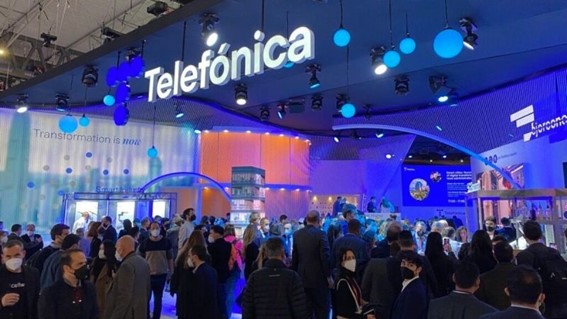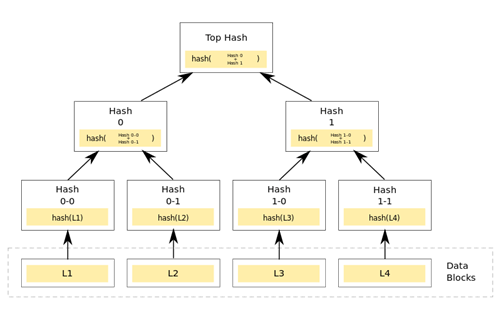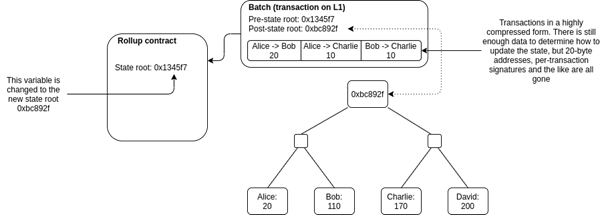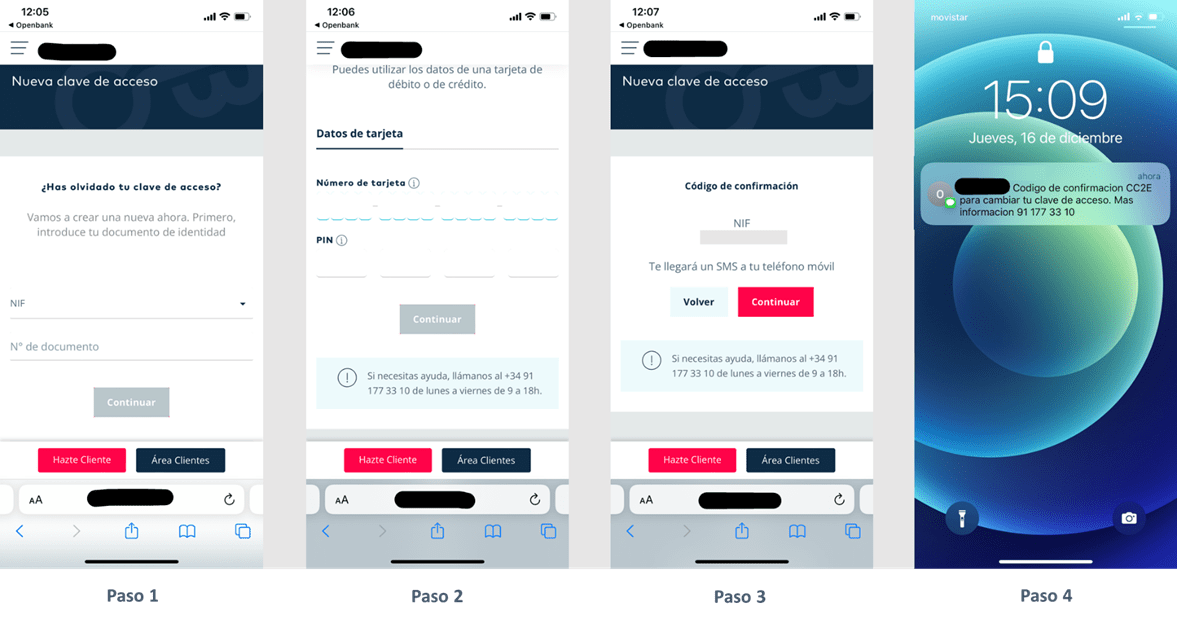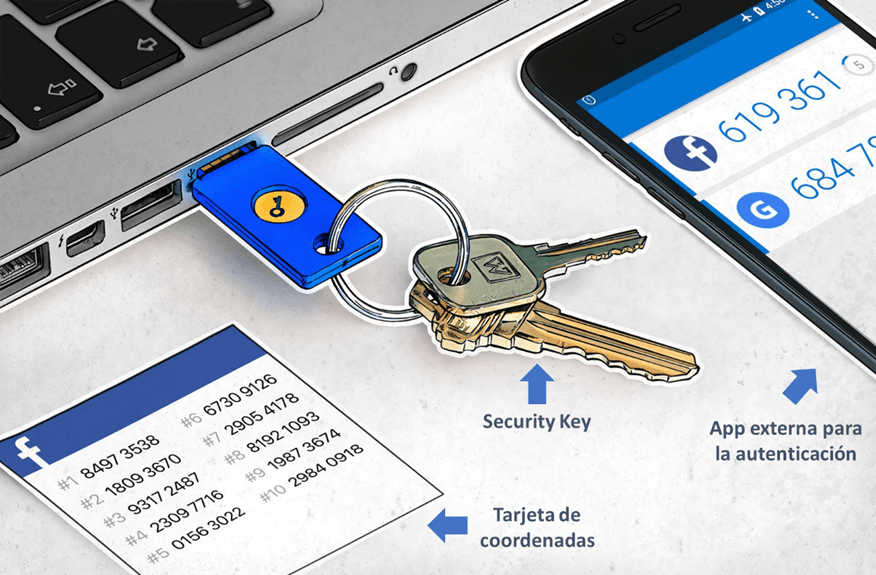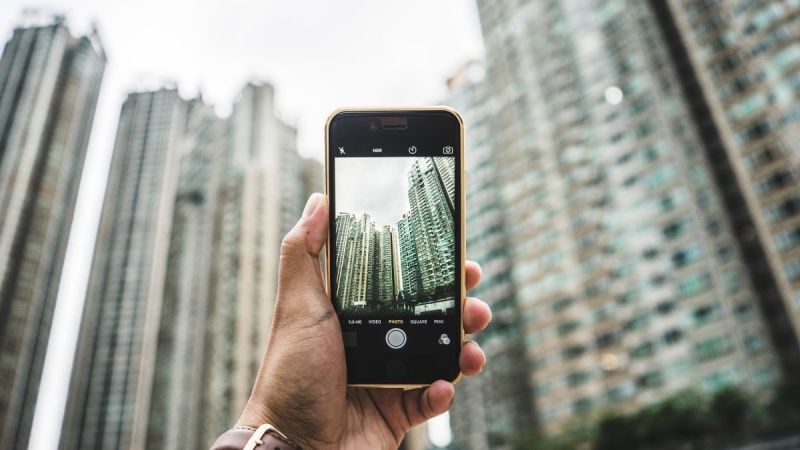Water management companies have been adapting the way they manage their processes according to the evolution, costs and availability of technology in each part of their value chain. It is important to highlight that not all technologies that are applicable to a productive sector evolve at the same time, and in the case of the water sector this has not been any different. However, it is safe to say that there are now affordable mass sensing, data storage and exploitation capabilities available that allow water managers to make the best decisions at the right time, enabling them to offer the best possible service to consumers. In the first article of the AI of Things series, we discussed the two main pillars of transforming the physical world, sensorisation and data mining. In this article we will look at the technology that allows us to sensor the world of water and how to take advantage of all the information gathered from these assets.
Data, data and more data!
In Spain we have more than 20 million water meters, which could provide data 24 hours a day, 7 days a week, resulting in more than 500 million signals per day, only in terms of water consumption.
If we use the most advanced smart water meters such as those from our partner Contazara, they are able to generate much more information both metrologically and from a communications point of view.
This sensing capability is possible thanks to different LPWA (Low Power Wide Area) communication technologies, each of them differing in terms of factors such as quality of service, battery life, latency, scalability, message size, coverage, range, deployment and cost.
Among the different options, Telefónica IoT&BD is committed to NB-IoT as the best LPWA communication technology that can help water utilities in the next evolution of the integrated water cycle, enabling the successful implementation of a wide range of mass IoT solutions, including the deployment of a smart metering solution. Its main features are:
- Open 3GGP communication standard with global reach enabling a powerful ecosystem of manufacturers.
- Radio network deployment is conducted over licensed bands to avoid scalability issues, security and regulatory constraints
- Simple and cost-effective implementation making the cost of IoT devices support the business case
- Improved network coverage and signal penetration to reach all deployed IoT devices
- Managed quality of service through efficient allocation of network resources, as well as interference and congestion management and mitigation
- Ensuring power autonomy of devices for more than 10 years
- End-to-end security.
We can get great value from the data generated from IoT sensors deployed in the full water cycle
Once we have that massive amount of data available from IoT sensors, mainly from smart water meters, we can apply artificial intelligence and analytics technologies to take advantage of every “drop” of information we have obtained from that sensor asset.
- Control over deployed assets
- Performance monitoring of the LPWA technology used: success rate, retry rate, network and data availability.
- Performance monitoring of deployed hardware manufacturers, by analysing information from the device itself or by detecting anomalies (predictive maintenance), as we will see in depth in another article of the series: faulty or tampered device, excessive battery consumption, variability of sent and received packets, etc.
- Unregistered water reduction
- Reduction of water losses in distribution networks by analysing high average flow values and high minimum night-time flow values. In Spain, leakage rates in distribution networks can currently reach more than 25%
- Reduction of household losses
- Identify potential fraudulent services
- Added value services for the consumer
- Mobile applications that allow the reception of alerts for leaks (2nd house), the monitoring of consumption and the comparison of consumption with other consumers with a similar profile
- Social care for dependent people by monitoring water consumption outside the usual pattern
- Identification of the appropriate water meter calibre according to the consumption profile made
- Detection of anomalies in the invoicing process
- Water quality monitoring in “sensitive” consumers
- Process improvement
- Intelligent prioritisation of work orders according to the criticality of the incident (main pipe burst, leaks in a residential environment, fraud, etc…)
- Demand forecasting through consumption pattern analysis
- Improve the demand management strategy by adapting the infrastructure investment plans to cover the expected demand for different scenarios (seasonality, major events, crisis, etc.)
- Reduction of energy consumption in the water management value chain through water demand forecasting
- Monitoring of water quality along the value chain ensuring a secure supply in real time
IoT technologies and advanced analytics enable water utilities to tackle a complete digital transformation of the entire water cycle, ensuring the success of massive sensor deployments, like smart meters, that will enable them to address the challenges of managing demand, reducing losses, ensuring the efficient and reliable supply of water to consumers and making smart water resource management the basis for sustainable development.
If you want to know more applications of the fusion of the Internet of Things and Artificial Intelligence, known to us as AIoThings, you can read other articles in the series:


